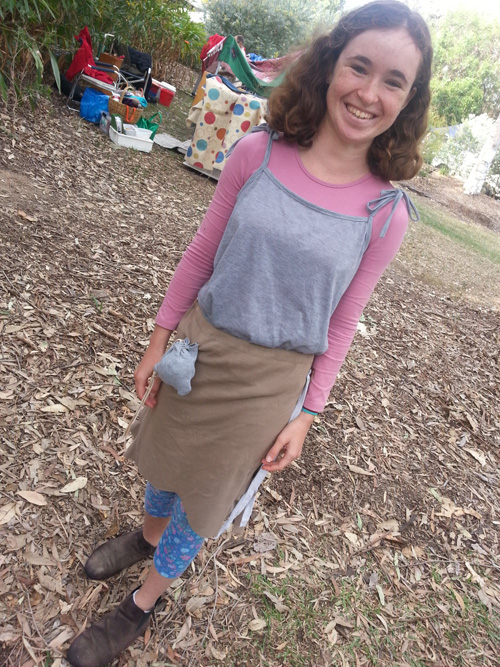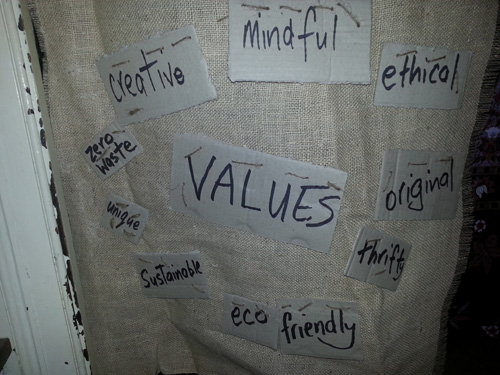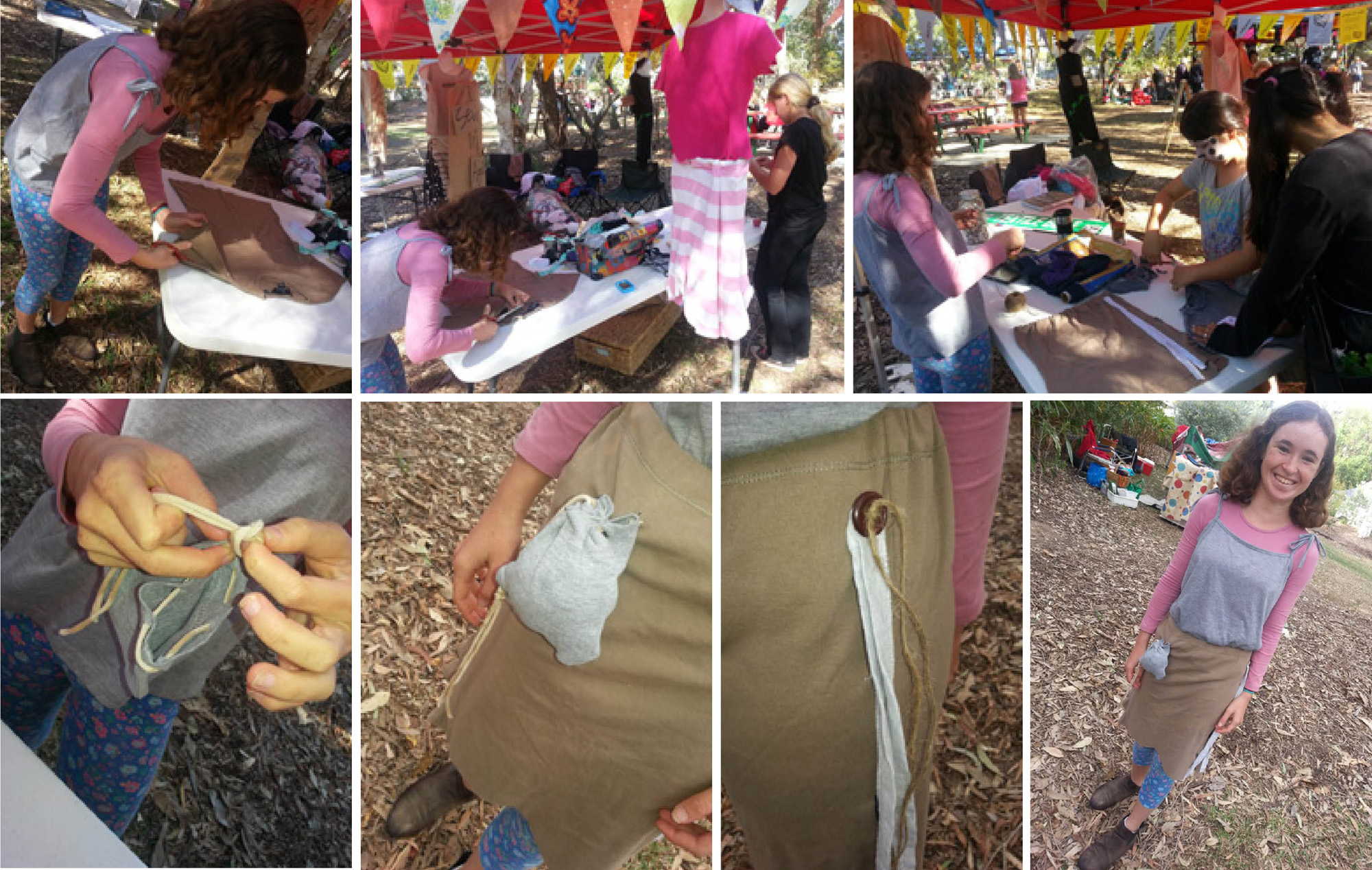 Clothing is third on the list of wasteful consumption after food and credit interest, according to The Australia Institute.
Clothing is third on the list of wasteful consumption after food and credit interest, according to The Australia Institute.
A TAI 2005 research paper says that while we ostensibly buy goods and services to meet needs, social and economic systems now depend on growing levels of consumer spending unconnected with any needs.
It says: “Consumer spending is everywhere praised as being ‘good for the economy’; indeed, in the long term, it is only consumer spending that keeps the economy growing, and economic growth is almost universally believed to be the most important contributor to national and personal well-being (Hamilton 2003). As a consequence, economic growth has become a dominant objective in itself, irrespective of the extent to which it contributes to improving social well-being.”
I rediscovered this Wasteful Consumption in Australia paper while researching a talk I’m presenting this Friday to home economics graduates and it underpins so completely my reasons for spending this year demonstrating creative ways of dressing that buck the consumption trend. The research shows Australians seem to live with a contradiction. They express concern about the environment yet live highly materialistic lifestyles that result in high levels of waste. And in terms of being conscious about waste, the figures show that younger people and richer people tend to feel less guilty about wasteful consumption.
 It all comes back to values. I created rough signage for Textile Beat and the Sew it Again project at an event yesterday, and I’m proud to list these values as creative, mindful, ethical, original, thrifty, eco-friendly, sustainable, unique and zero waste.
It all comes back to values. I created rough signage for Textile Beat and the Sew it Again project at an event yesterday, and I’m proud to list these values as creative, mindful, ethical, original, thrifty, eco-friendly, sustainable, unique and zero waste.
Hat’s off to Redcliffe City Council for its What’s Cooking in the Garden event, where I ran a T-shirts reworked activity to demonstrate the second-life opportunities for reject t-shirts. It was great to chat with locals such as Lyn Larkins from the Australian Sewing Guild who inspired me to believe I’m not barking up the wrong tree with this 365-day upcycling project. There are photos on the Textile Beat facebook page.
Then there were young people such as Jasmyn who were creatively inspired. Jasmyn made this skirt from a t-shirt by inserting elastic at the waist and trimming the shoulders and sleeves into a groovy hem, before adding extra features – including a pocket containing t-shirt ribbon for use on her next creative adventure.

Jane. There is definite generational divide about the concept of needs based versus wants based consumption. JoSe